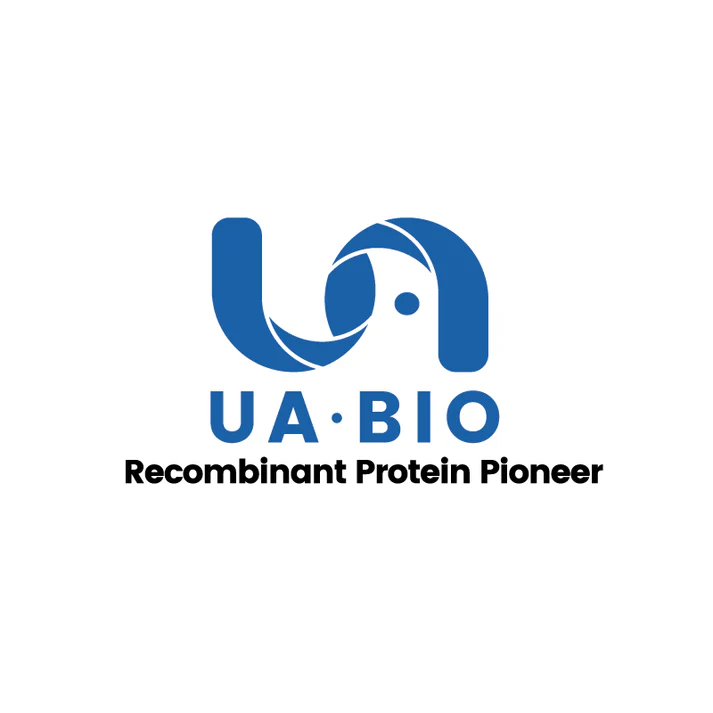Measured by its ability to induce apoptosis of TF‑1 human erythroleukemic cells in the presence of the cyclohexamide. The EC50 for this effect is less than 15ng/ml.
Product Details
Product Details
Product Specification
| Species | Human |
| Synonyms | Tumor necrosis factor ligand superfamily member 15; TNF ligand-related molecule 1; Vascular endothelial cell growth inhibitor; TL1A |
| Accession | O95150 |
| Amino Acid Sequence | Leu72-Leu251, with N-terminal His Tag |
| Expression System | HEK293 |
| Molecular Weight | 27-32 kDa (Reducing) |
| Purity | >95% by SDS-PAGE. |
| Endotoxin | <0.1EU/μg |
| Conjugation | Unconjugated |
| Tag | His Tag |
| Physical Appearance | Lyophilized Powder |
| Storage Buffer | PBS, pH7.4 |
| Reconstitution | Reconstitute at 0.1-1 mg/ml according to the size in ultrapure water after rapid centrifugation. |
| Stability & Storage | ·12 months from date of receipt, lyophilized powder stored at -20 to -80℃. |
| Reference | Cell Mol Gastroenterol Hepatol. 2020 Aug 19;11(1):249–272. |
Background
Tumor Necrosis Factor Ligand Superfamily Member 15 (TNFSF15) is a new member of the tumor necrosis factor family. TNFSF15 is predominantly an endothelial cell-specific gene, and recombinant TNFSF15 is a potent inhibitor of endothelial cell proliferation, angiogenesis and tumor growth. TNFSF15 exerts two activities on endothelial cells: early G1 arrest of G0/G1-cells responding to growth stimuli and programmed cell death of proliferating cells. These activities are highly specific to endothelial cells. TNFSF15 is also able to regulate the expression of several important genes involved in angiogenesis. These findings are consistent with the view that TNFSF15 functions as an autocrine cytokine to inhibit angiogenesis and stabilize the vasculature.
Picture
Picture
Bioactivity
SDS-PAGE
2μg (R: reducing condition, N: non-reducing condition).


